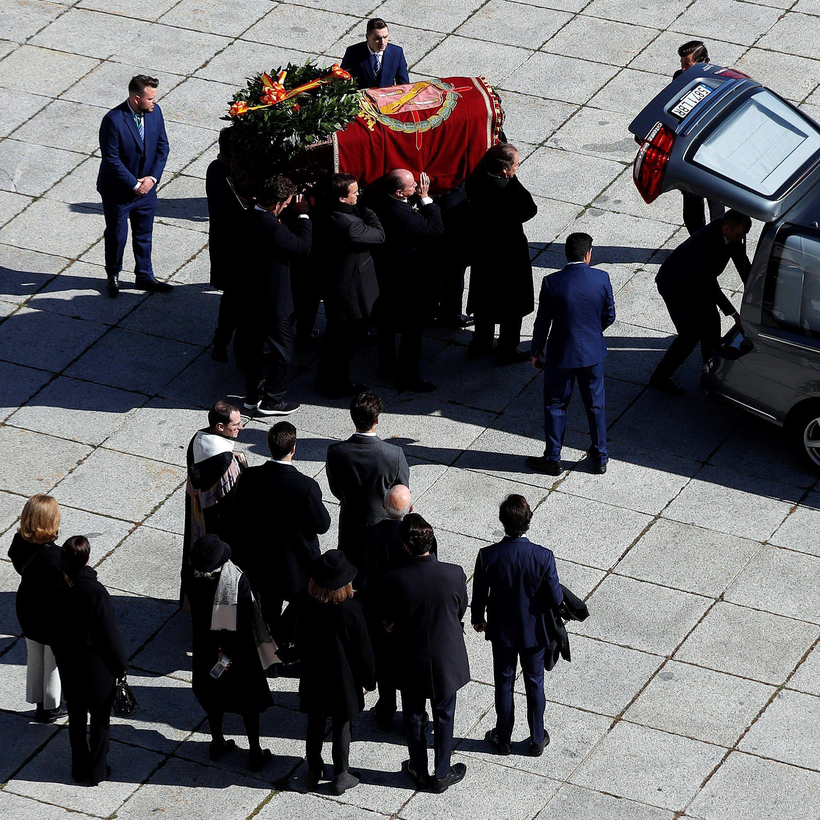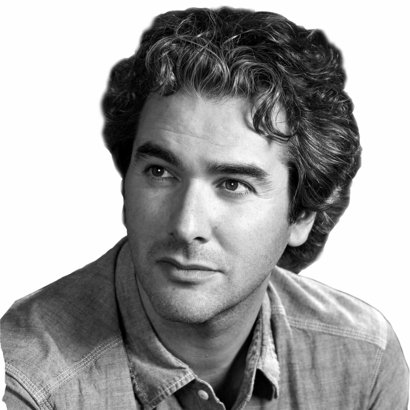A slave trader, Confederate general, and leader of the Ku Klux Klan, Nathan Bedford Forrest was the holder of a rare racist trifecta. For this reason, he was never really taken to heart by many residents of Memphis, a city with a Black majority, where Forrest was buried in 1877. Now after years of protests, his body has been exhumed and moved 200 miles away to the National Confederate Museum, in Columbia, Tennessee.
In 2018, the nearby James Polk museum campaigned unsuccessfully to get its namesake president’s remains exhumed for what would have been the fourth time, and relocated to the museum. President Zachary Taylor found his century-long sleep disturbed in 1991 to quash rumors that he had been poisoned by Southern politicians. Abraham Lincoln’s body was exhumed some 17 times, to foil grave robbers.

The fact that politics doesn’t end at death should come as no surprise. After all, dead statesmen have many qualities that living politicians lack: they don’t speak, they embody nostalgia, and they come in their own easily transportable box.
In October 2019, the mortal remains of Spain’s former dictator, Francisco Franco, were carted out of the grandiose war mausoleum known as the Valley of the Fallen, loaded onto a waiting helicopter to a few wishful cries of “Franco lives!,” and re-buried in his family plot, in Madrid. No one ever lost a vote by kicking a dead Fascist.
Santiago Abascal, the leader of the nationalist Vox party, was one of a number of right-wing voices raised in opposition. “Whoever removes the dead ends up paying for it with the curse of Tutankhamun,” he warned. But when it comes to digging up the bones of dead leaders, there is no curse strong enough to stop it from happening.
Suspect Inquests
While Franco was evicted from his plot in a form of retroactive wish fulfillment for Spanish liberals, the opposite occurred in 2010, when Hugo Chávez, then president of Venezuela, unearthed the 200-year-old remains of Simón Bolívar, the hero of South American independence. Chávez had ordered the exhumation to determine whether Bolívar had been poisoned by political rivals, or so he said. Few doubted that it was actually cooked up to distract Venezuelans from the rampant corruption and inflation racking the country.

Conspiracy theories are often dredged up to justify disinterring a political body. Yasser Arafat’s carcass was excavated in 2012 when it was rumored that he hadn’t died from influenza at all but had been fatally poisoned with polonium-210. In 1989, Slobodan Milošević exhumed the 600-year-old body of the medieval Prince Lazar of Serbia, who had died fighting the Turks in the Serbian-Ottoman Wars, to stir up nationalist sentiment between Serbs and Albanians in Kosovo.
Posthumous Punishment
But dead politicians are not powerless. While they can be readily exploited by anyone with a shovel, they can also occasionally fight back. The embalmed body of Eva “Evita” Perón was seized in 1955 by the Argentine military dictatorship that deposed her husband, Juan Perón. So fearful were they of its power to rouse the populace against them that for 16 years it was secreted away. For a while it was kept in a van on the streets of Buenos Aires, then in the offices of military intelligence, and eventually it was sent to Italy, where it was buried under a false name in Milan. The corpse was eventually re-united with its former husband, then living in exile in Madrid—he kept it in his dining room—before returning to Argentina in 1973. Evita’s body is now buried in a fortified crypt 15 feet deep that, it is said, could withstand a nuclear attack.

It’s clear that something of the political persists in the dead body of the politician. In the distant past this understanding was taken to its logical extreme by punishing the dead body for the sins it had committed while alive. For having executed King Charles I, Oliver Cromwell’s body was exhumed and hanged in chains, then thrown into a pit, while his head was cut off and displayed on a 20-foot spike.
But few corpses have been as abused as that of Pope Formosus. In 897 A.D., nine months after his death, Formosus’s body was exhumed, dressed in papal vestments, and seated on a throne to face trial for various crimes it had committed while alive, in what became known as the “Synodus Horrenda.” The new Pope, Stephen VI, found his predecessor guilty of all crimes. Three fingers on Formosus’s right hand—those that had been used to give blessings—were cut off, his body tied to weights and cast into the River Tiber.
But on this occasion, the exhumation backfired. The corpse of Formosus was found washed up on the banks of the river, where it was said to have performed miracles. Pope Stephen, meanwhile, was deposed and eventually strangled. Sometimes you just can’t keep a good dead man down.
George Pendle is an Editor at Large for Air Mail


